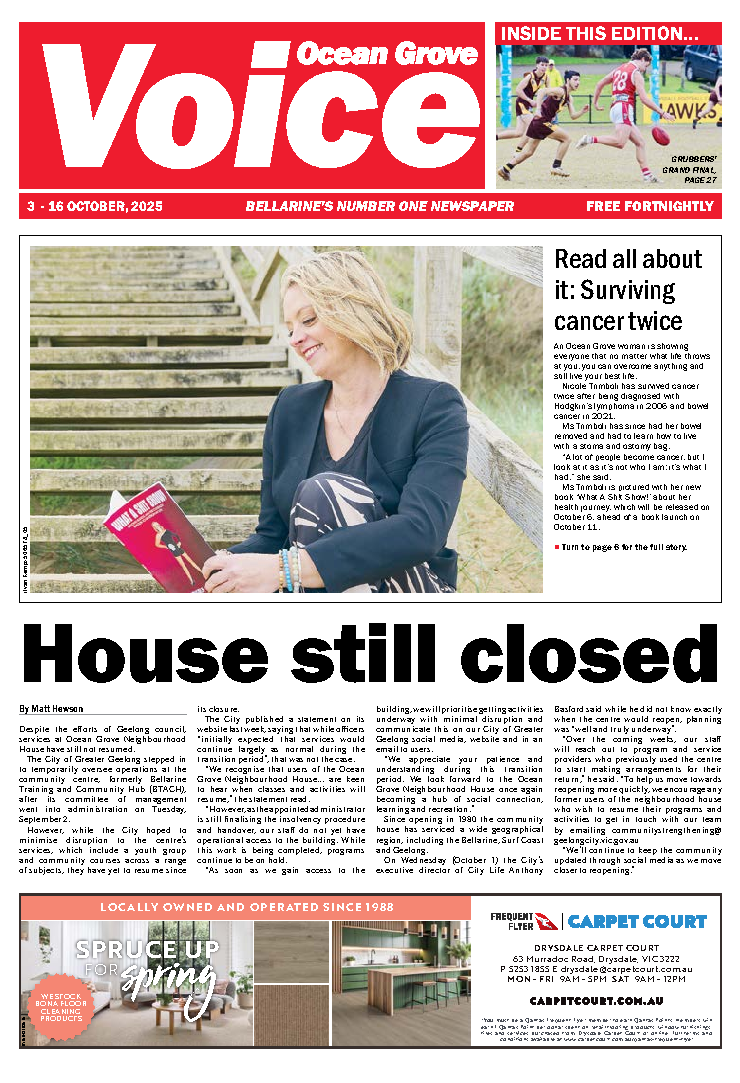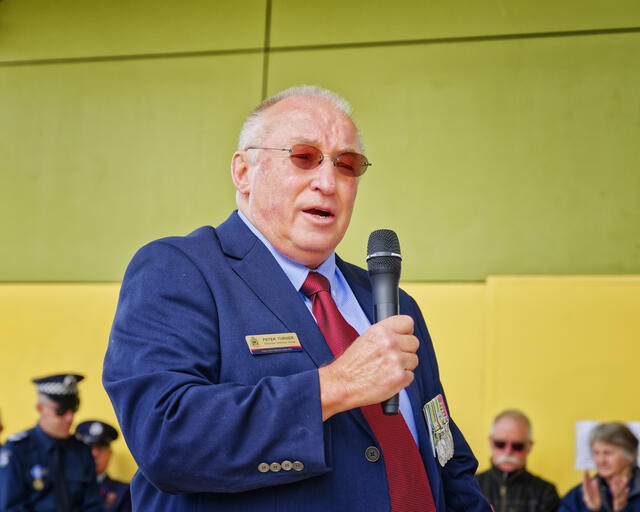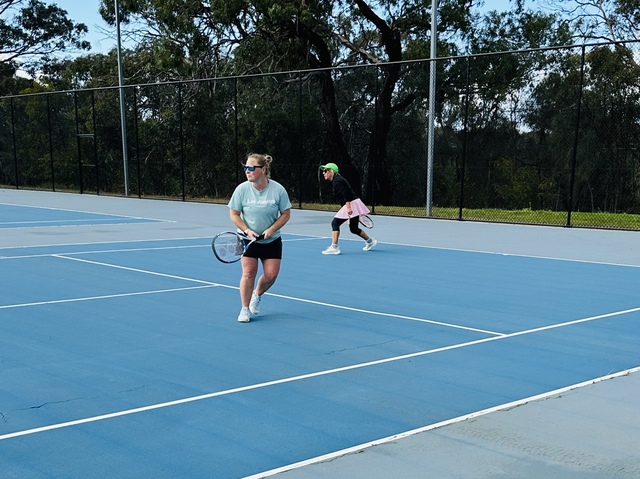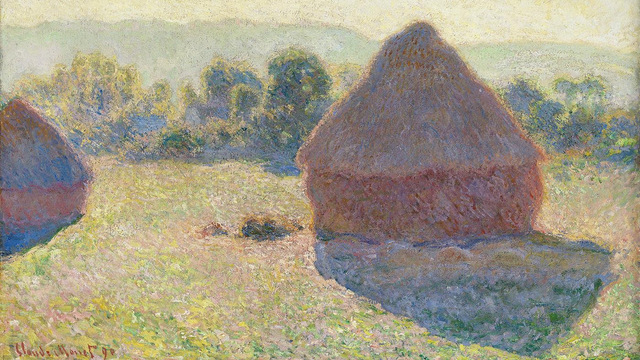There’s been some lovely spring rain over the past week, which has been wonderful for the garden and for the health of ponds and waterways.
It would be lovely to experience some more warmth in the air, but as summer is just around the corner, I‘m sure the heat will be upon us soon enough.
Due to the weather and a few other factors, I haven’t been able to go out and about over the past few weeks. Luckily, a few ‘Voice’ readers have sent me some of their observations of birds seen around the Bellarine.
Gerald and Robyn have been watching three pairs of birds, namely rainbow lorikeets, eastern rosellas, and sulphur-crested cockatoos, raucously vying for one hollow in a dead tree in their backyard.
The cockies dominate, but the others come back when the cockies aren’t there. Robyn and Gerald can’t see the hollow because it faces upwards, but in the photo, one cockatoo is in it, so it’s only big enough for half a cockatoo to fit in, so sometimes all they see is the lower half of a bird.
The lorikeets fit in the hollow so that they disappear from view. It will be interesting to determine which species uses the hollow for breeding, and I’m sure the cockatoos could extend the size of the hollow opening if they wanted to use the space.
I received an email from Carole, who lives in St Leonards. She took a photo of a seabird sitting on the water off the heads at Queenscliff, which was an Australasian gannet gently floating in the waves.
This magnificent bird kept bouncing in and out of view with the waves, and Carole had difficulty focusing. She noted that the bird was certainly not disturbed by the few fishing boats that chugged by.
Carole also walked along Ramblers Track near Ramblers Road at Portarlington. The track looks superb at this time, with nature in full bloom, and even the house sparrows look impressive as seen in Carole’s photo.
Carole noted plenty of bird life while walking along the track on certain days. On her walk this week, she spent an age admiring the plants that were in full bloom. It was a delight to see how many were out in bloom and the variety.
Carole wasn’t the only one admiring the blooms, as she noted a few spotted doves were feeding on the seeds on the ground. House sparrows and spotted doves are introduced birds that are thriving around the local area.
Andrew sent me some photos of birds that he had seen in the Northern Territory on a recent holiday, including a white-winged triller, great bowerbird, crimson finch, and lemon-bellied flyrobin. Flyrobins are members of the robin family of birds.
The adult lemon-bellied flyrobin is around 11.5 centimetres long and is commonly seen around the Darwin area while sitting on park fences and posts, looking to pounce on insects.
Thanks Andrew, your email made me want to immediately take off to Darwin.
Hooded plovers are trying to breed on local beaches currently. There are a few tiny chicks on 13th Beach that hatched a few days ago. Please take note of the signs on the beach and take care when walking dogs to ensure that the chicks may have some chance of survival.











